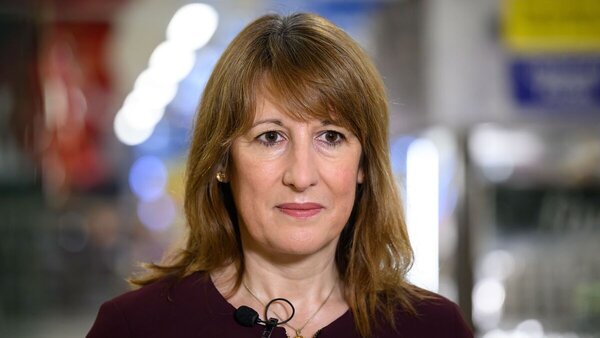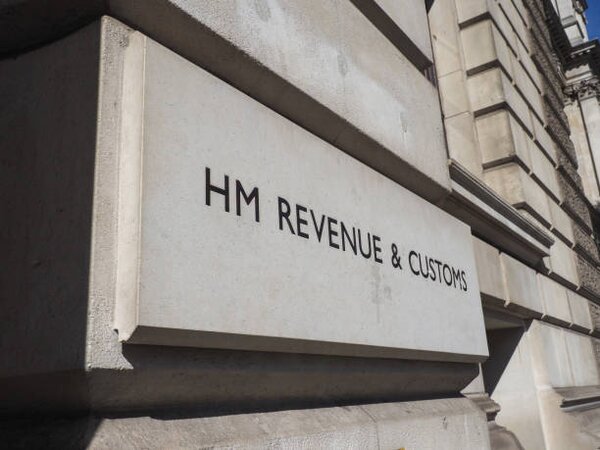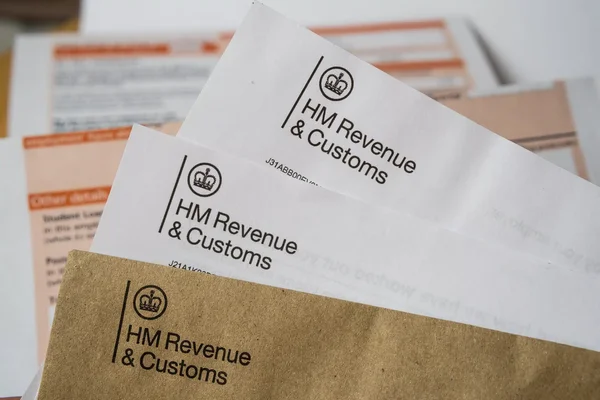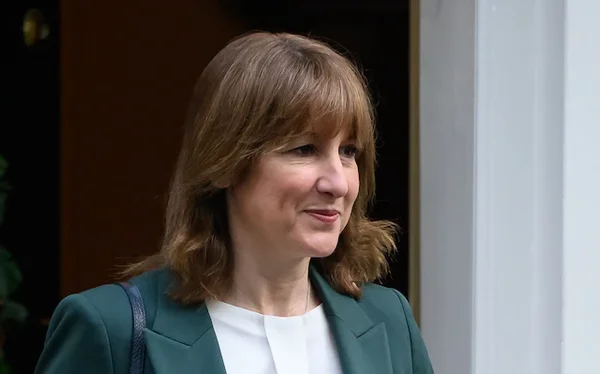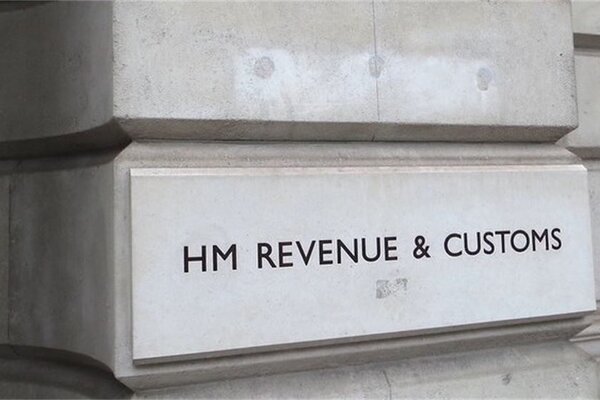Let’s Break This Down Together...
Ever wondered how the Annual Investment Allowance actually works? You’re not alone, and it can feel more complicated than it really is.
This article walks you through what AIA is, what equipment qualifies, and how to claim it with confidence. We’ll also cover common mistakes to avoid and handy tips to make the most of it.
By the end, you’ll know exactly how to save money on your tax bill and invest in your business with peace of mind. Ready to make it simple? Let’s dive in.
What exactly is Annual Investment Allowance?
The Annual Investment Allowance is a tax perk that lets businesses claim 100% tax relief on qualifying equipment in the year you buy it. The AIA was introduced by the government in 2008 to encourage business investment by allowing immediate tax deductions for certain purchases. Without it, you’d have to spread these deductions over many years.
Currently, the AIA limit stands at a generous £1 million per year (for the 2023/24 tax year). This year allowance enables businesses to make significant investments and claim tax relief up to the annual cap. The limit has historically changed, with the government reviewing and adjusting it in various budgets and policy announcements.
All businesses can claim AIA, whether you’re a sole trader working from your kitchen table or a large limited company. The rules apply equally across the board. The beauty of AIA is its simplicity, you buy qualifying equipment, claim the full cost against your taxable profits, and pay less tax immediately.
The AIA is a type of first year allowance, meaning you can deduct the entire cost of qualifying assets in the year of purchase. This policy is designed to encourage economic growth by incentivising business investment and expansion. The allowance applies to capital expenditure on qualifying assets, making it easier for businesses to invest in items intended for ongoing use.
Understanding Capital Allowances
Capital allowances are a valuable form of tax relief that allow businesses to deduct the cost of certain capital expenditures from their taxable profits. When your business invests in assets like machinery, equipment, or plant, you can claim a capital allowance to reduce your tax bill.
The Annual Investment Allowance (AIA) is a specific type of capital allowance that lets you deduct the full cost of qualifying expenditure up to the current maximum amount of £1 million against your profits in the year of purchase. This means you can benefit from immediate tax relief on your annual investment, rather than spreading the deduction over several years.
Understanding how capital allowances work is crucial for businesses looking to maximise their relief, manage their costs, and invest confidently in assets that drive growth.

Eligibility for AIA
To claim the Annual Investment Allowance, your business must incur qualifying expenditure on tangible assets used for business purposes. This includes items like office equipment, machinery, and certain vehicles that are essential to your operations.
Whether you’re a sole trader, a partnership, or a limited company, you can benefit from the investment allowance, provided the assets are used in your business. However, not all expenditure qualifies cars, for example, are generally excluded from AIA, except in specific circumstances such as dual-control vehicles for driving schools. It’s important to ensure that the assets you’re claiming for are eligible and that they are genuinely used for your business activities.
What equipment qualifies for AIA?
Most business equipment falls under the AIA umbrella, provided it is purchased for use in your trade. This includes computers, office furniture, machinery, and tools used in your trade.
The full value of qualifying assets can be claimed against your profits, and the cost is deducted from profits for tax purposes. Investing in qualifying assets is important to maximise your tax benefits. Only certain business expenses, specifically capital expenditure on eligible assets, qualify for AIA operational expenses do not.
Commercial vehicles like vans and lorries qualify too. Cars, however, follow different capital allowance rules and don’t qualify for AIA. Fixtures in a building often qualify things like heating systems, air conditioning, and fitted kitchens in staff areas. These building fixtures can represent significant investments for many businesses.
Even some surprising items might qualify, such as solar panels for your business premises or certain security systems. It’s worth checking before making any substantial purchase, as the timing of payment can affect when you can claim AIA.
The total amount of qualifying expenditure up to the AIA limit can be claimed each year.

What doesn't qualify for AIA?
Passenger cars never qualify for AIA, no matter how essential they are to your business. Instead, they receive writing down allowances based on their CO2 emissions. Buildings, structures, and land don’t qualify for AIA. However, other allowances may be applicable in these cases, such as the Structures and Buildings Allowance, if the relevant criteria are met.
Items you buy to lease to others usually don’t qualify. This prevents businesses from claiming AIA on assets they’re essentially buying as stock. If you use equipment for both business and personal purposes, you can only claim AIA on the business portion. Be prepared to justify your percentage split if HMRC enquires.
All claims must comply with current law and regulations. The rules are subject to change, so businesses should stay updated and consult professionals for the latest guidance.
Timing your purchases for maximum benefit
The timing of your purchases matters significantly. AIA must be claimed in the accounting period when you buy the asset, so planning ahead pays off. If you’re approaching your AIA limit for the year, consider whether you can delay purchases until your next accounting period. This strategy can maximise your tax relief.
Conversely, if you’ve had a particularly profitable year, bringing forward planned equipment purchases could help reduce your tax bill. I once saved a client nearly £10,000 by advising them to purchase machinery in March rather than April.
Special rules apply when your accounting period crosses a change in AIA rates. These situations require careful calculation to ensure you claim correctly. If your business is in its final accounting period, such as when closing or ceasing trading, you cannot claim AIA and may need to consider a balancing charge or allowance instead.

How to claim your Annual Investment Allowance
For sole traders and partnerships, you’ll claim AIA through your self-assessment tax return. Companies claim via their corporation tax return. Keep detailed records of all qualifying purchases, including dates, descriptions, and costs. HMRC may ask to see these if they check your tax affairs.
You don’t have to claim the full AIA if it’s not advantageous. Sometimes it makes sense to claim writing down allowances instead, particularly if you’re making losses.
Most accounting software can help track AIA-eligible purchases. Using such tools can save time and reduce errors when claiming AIA, making the claims process much smoother when tax time rolls around.
More Than One Business and AIA
If you operate more than one business or trade, you might wonder whether you can claim more than one Annual Investment Allowance. The answer depends on how your businesses are structured. If your businesses are under common control, share the same premises, or carry out similar activities, you are usually limited to one AIA between them.
This rule also applies to limited companies that are part of a group only one AIA can be claimed across the group. If you’re unsure about your eligibility or how the rules apply to your situation, it’s wise to seek professional advice to ensure you’re claiming the correct allowance and staying compliant.

Special considerations to keep in mind
If you’re part of a group of companies or have connected businesses, you might need to share a single AIA allowance between them. If multiple businesses are controlled by the same person, only one AIA is available and it must be shared between those businesses. This can significantly affect your planning.
Businesses with accounting periods shorter or longer than 12 months have adjusted AIA limits. The calculation isn’t always as simple as £1 million per year. When you sell an asset you’ve claimed AIA on, you might need to pay some tax back. This is called a balancing charge and often catches business owners by surprise.
If you’re not sure whether something qualifies for AIA, check with an accountant. The rules can be nuanced, and mistakes can be costly to rectify later.
Common Mistakes to Avoid
When claiming the Annual Investment Allowance, there are a few pitfalls that can catch businesses out. One common mistake is not keeping thorough records of qualifying expenditure, which can lead to missed tax relief opportunities. Another is mistakenly claiming AIA on assets that don’t qualify, such as cars or buildings, which can result in HMRC challenges.
It’s also important to keep an eye on the AIA limit if your total expenditure exceeds the maximum amount, you won’t get full relief on the excess. To avoid these issues and make the most of your investment allowance, always double-check the eligibility of your assets and consider seeking expert advice.
Final Thoughts
Navigating the rules around the Annual Investment Allowance can be complex, especially as your business grows or your investments become more significant. Consulting a tax advisor or accountant with expertise in capital allowances can help you claim the right amount of relief and avoid costly mistakes.
Professional advice is particularly valuable if your business structure is complicated, you have more than one trade, or you’re unsure about the eligibility of certain assets. By working with an expert, you can ensure your claims are accurate, your tax relief is maximised, and your business remains compliant with the latest tax laws.




